Writing Ideas for Kids
This post may contain affiliate links.
by Dawn Little, author, mom and blogger at Picture This! Teaching with Picture Books,Literacy Toolbox and Links to literacy.com.
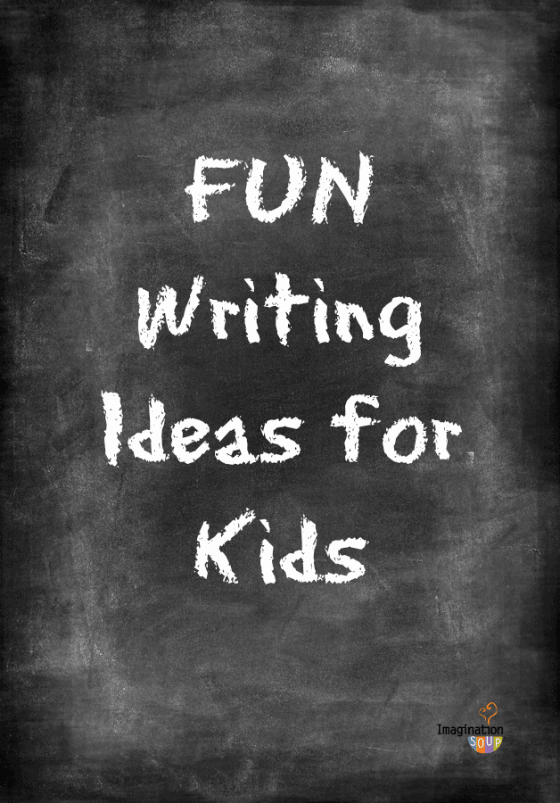
Fun Writing Ideas for Kids
We often forget that reading and writing go hand in hand. If we want our children to be better readers, they need to write more. Conversely, if we want our children to be better writers, they need to read more. In 2004, the National Early Literacy Panel synthesized scientific research and determined that print concepts, writing, and invented spelling among others, are key predictors for reading at school age (Darling, 2005). In 2010, the Carnegie Corporation from New York commissioned a report, “Writing to Read.” They found that increasing how much children write does in fact improve how well they read. As parents, we can help our children reach higher levels of literacy not only by reading with them, but by writing with them, too.
Authentic vs. Creative Writing
Parents may not be aware, but they model authentic writing daily through lists, notes, emails, menus, personal journaling, etc. Authentic writing is real-world writing. The writing that we do every day with purpose. Creative writing, on the other hand, is expressing ideas and thoughts in an imaginative way.
Fun Ways to Have Your Kids Write at Home
Authentic Writing:
Book Reviews
Encourage older children to write book reviews for Amazon or Book Reviews by Kids, an online book review site. Have younger children retell stories and write their retell in the form of a summary. Encourage children to be sure to include characters, setting and events from the beginning, middle, and end of the story. This will prepare them to write reviews as they get older.
Lists
Think about all of the lists you create in a day. Lists are a fun and quick way to get children to write. Have your children write lists of gifts they may want for a birthday, items they may want to pack for a trip, or food they may want to add to the family grocery list. In the picture above, my son (almost 8 years old) wrote a list of the friends he wanted to invite to his birthday party.
The Top Ten Reasons We Love ___________ Book
Have your child write a book for Dad for Father’s Day or a grandparent as a gift.
Use several pages of cardstock. Provide a space for pictures and writing. My children wrote this book when my son was in kindergarten (six years old) and my daughter was newly three. My son drew a picture on every page and wrote a sentence. My daughter just drew a picture on every page.
Sticker Stories
If your child is a new reader/writer, encourage him to write a sticker story. Provide some stickers and determine a characteristic that can be shared among them, such as color or shapes. Have your child write a sentence using the sticker in place of a word. I wrote a model sentence for my 4 year old and then she wrote the additional two sentences. I would recommend encouraging your child to use invented spelling. My daughter asked me to help her spell the colors.
Creative Writing
Placemats
Give your child a large piece of construction paper. Have him draw a picture of a family member and then list character traits of that member around the border. This provides children with an opportunity to describe “characters,” and provide you with decoration for your table!
Wordless Picture Books
Wordless picture books are fantastic resources to have children tell stories. Share a wordless picture book with your child and have him/her orally tell the story or write his/her own version of the story. Pancakes for Breakfast by Tomie de Paola and Wave by Suzy Lee are two great examples of wordless picture books.
Sharon Darling (2005) noted that one of the best ways parents can support writing is to plan a time and place for their child to write every day. The bulk of writing instruction may fall on teachers, but there are fun activities that we can incorporate at home that will get our children writing and will ultimately help to increase their writing and reading abilities.
Resources:
Darling, S. (2005). Strategies for engaging parents in home support of reading acquisition. The Reading Teacher, 476-479.
Graham, S., and Hebert, M. A. (2010). Writing to read: Evidence for how writing can improve reading. A Carnegie Corporation Time to Act Report. Washington, DC: Alliance for Excellent Education.
Bio: Dawn Little, author of Teaching Comprehension with Nonfiction Read Alouds: 12 Lessons for Using Newspapers, Magazines, and Other Nonfiction Texts to Build Key Comprehension Skills. She blogs atPicture This! Teaching with Picture Books where she provides educators with picture book lessons based on comprehension strategies and the Six Traits of Writing. In addition, she blogs atLiteracy Toolbox where she provides educators and parents with tips and tools to enhance the literacy lives of children. She is the founder and President of Links to Literacy, a company dedicated to providing interactive literacy experiences for children and families. Find out more at www.linkstoliteracy.com
Note from Melissa: Thank you so much for sharing the research and all these fun and new ideas for writing, Dawn. Readers, I LOVE Dawn’s ideas, don’t you? Please visit her blogs and if you’re a teacher, buy her book!
ALSO READ:

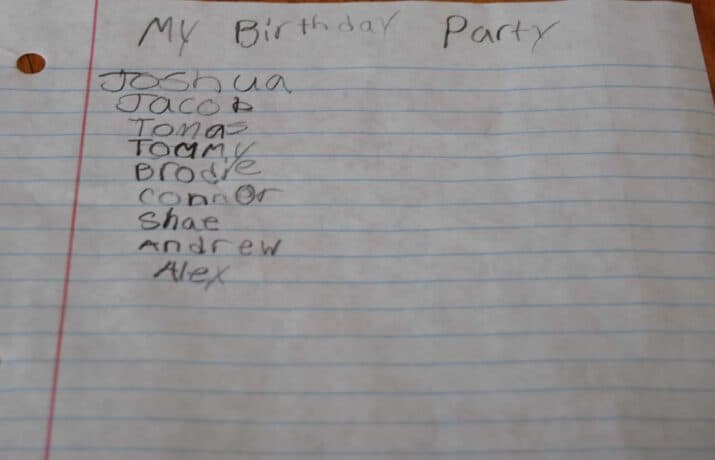

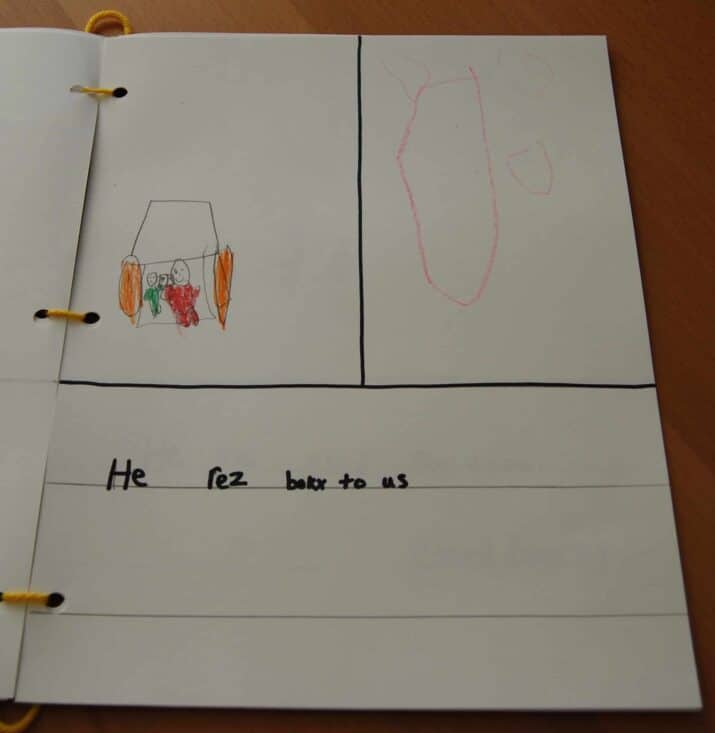
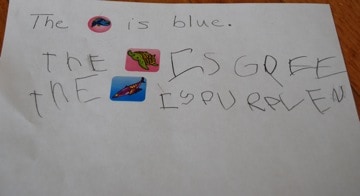
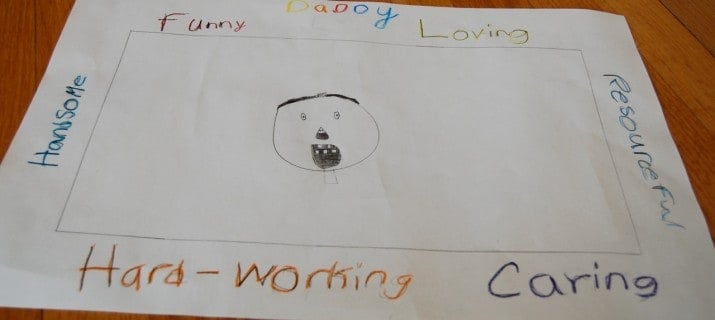
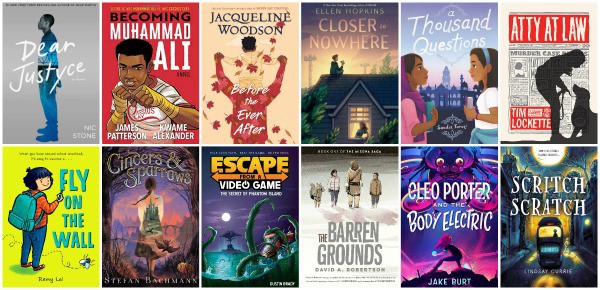

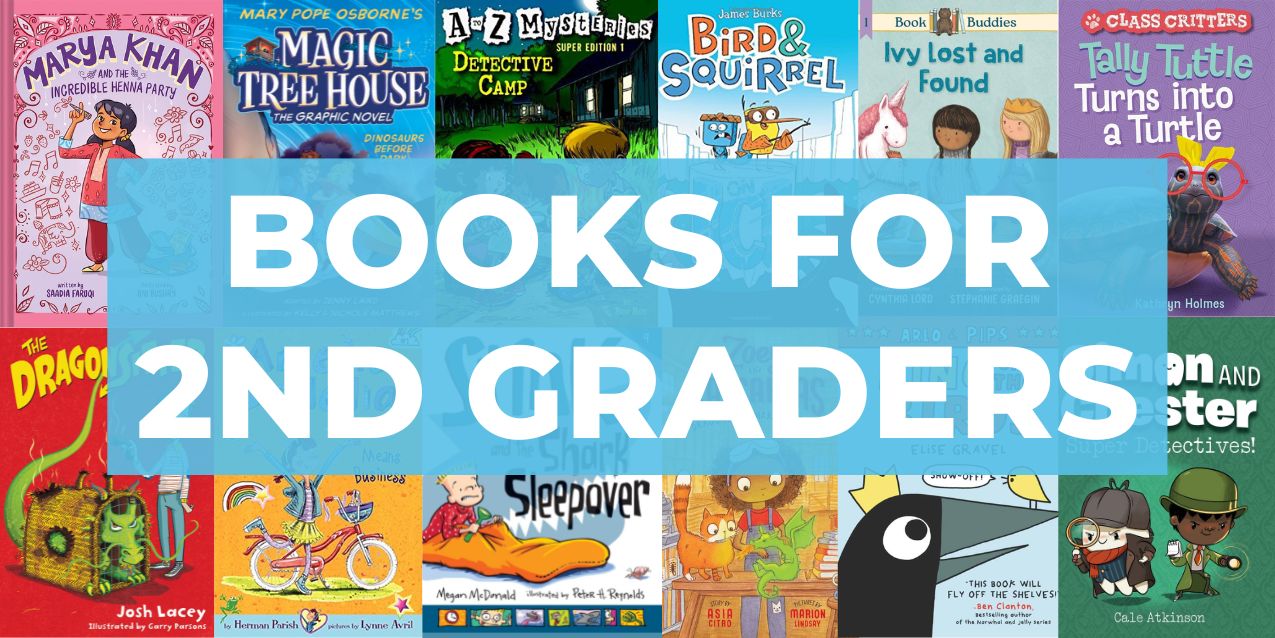
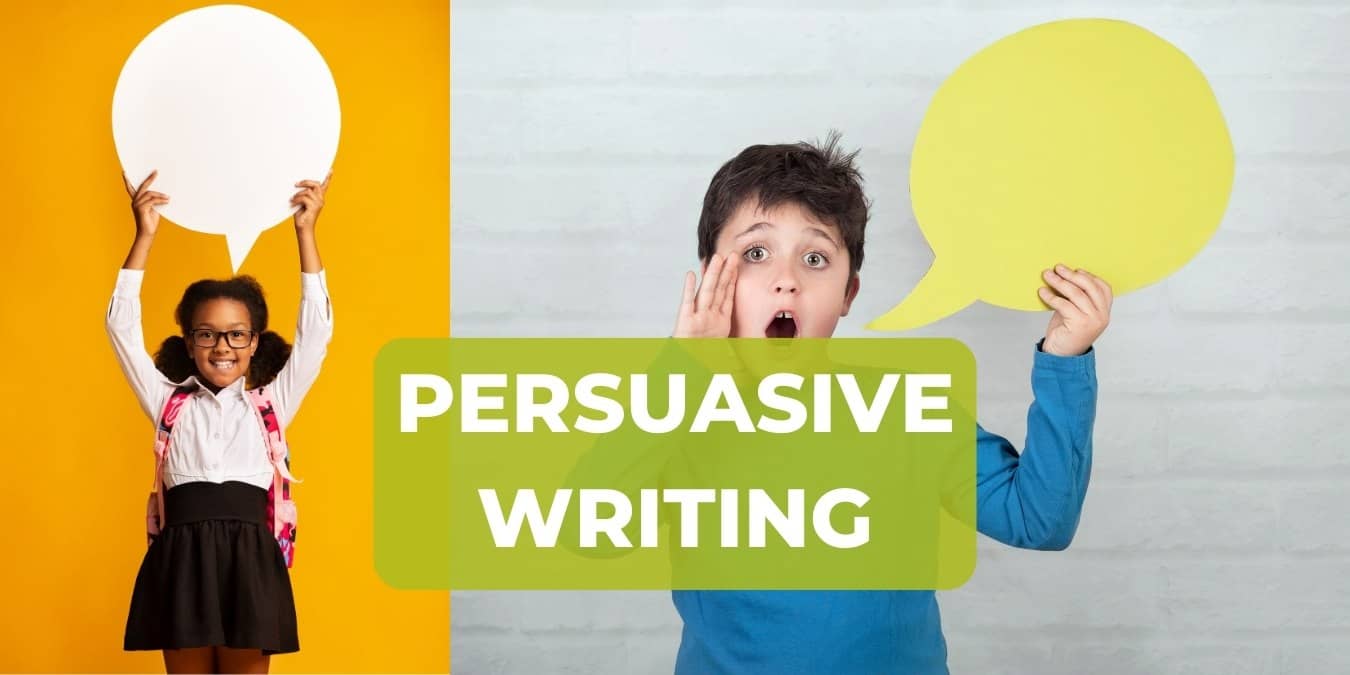
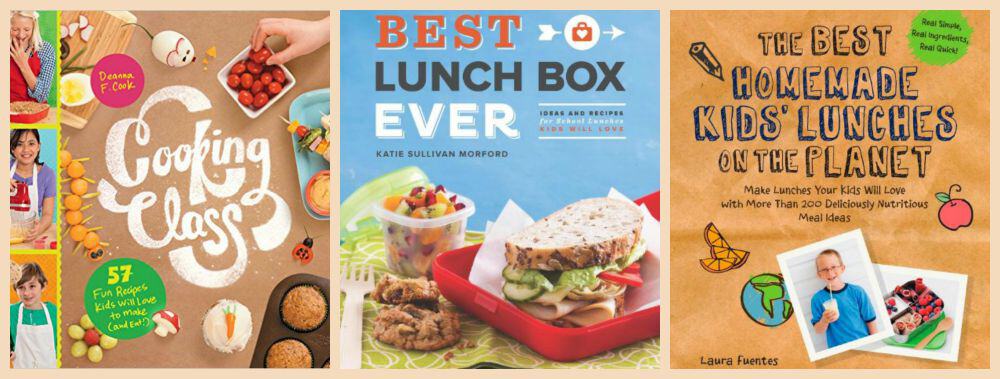
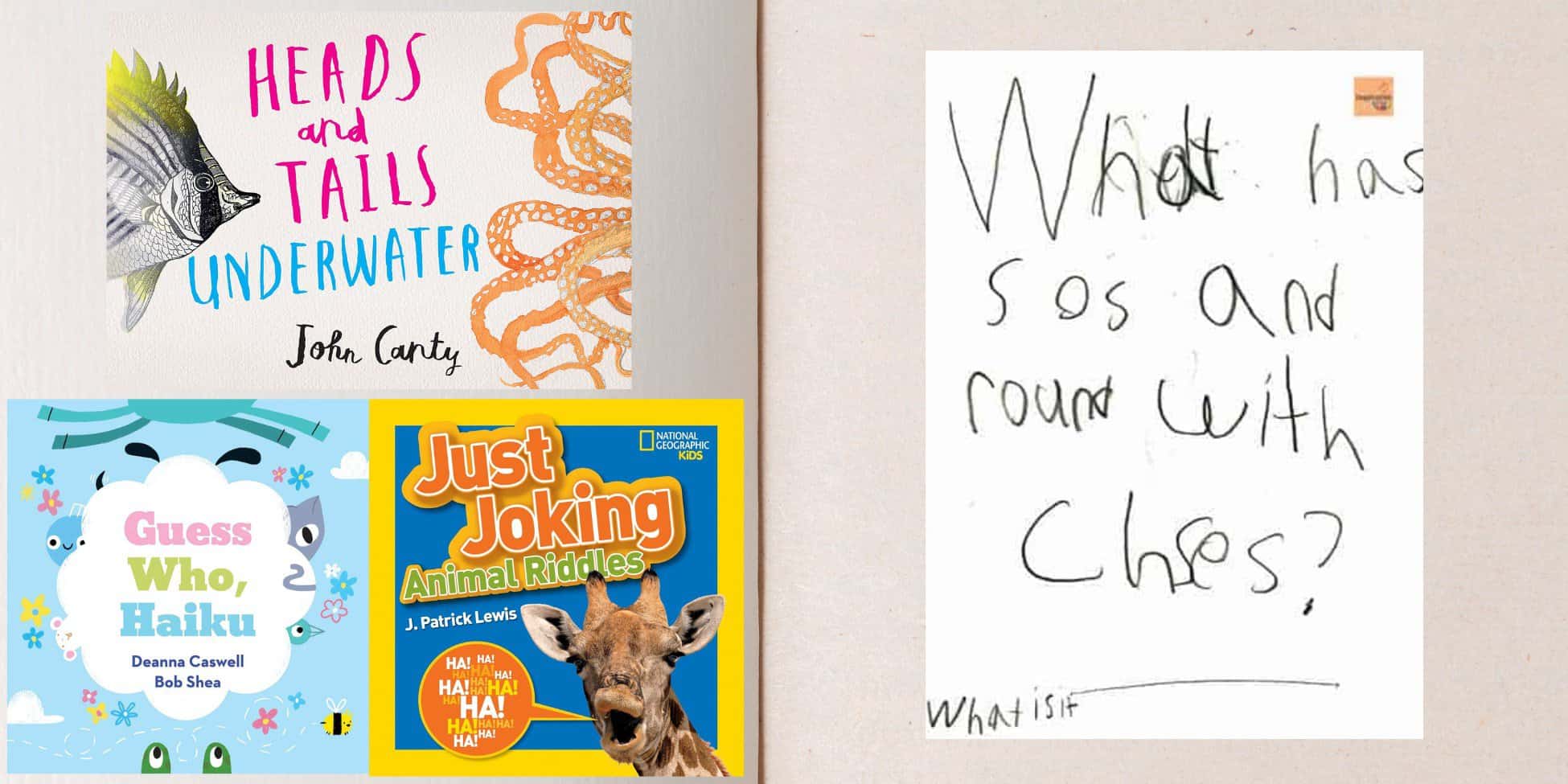
thx
These are just great ideas for making writing much more interesting for both children and parents. Indeed, in our time it is so important to teach a child to write before he goes to school! If a child learns to write correctly before entering school, this will be a huge plus for him, and he will do all the homework with ease! I will definitely share this article with my friends! I hope that you continue to share such wonderful articles and ideas! Thank you for that!
thank you!
The Net Income Approach, Net Operating Income Approach and
the Traditional Approach are the three main methods used to compute the Optimum Capital Structure.
However, realizing that we’re uncomfortable helps give the push to
make changes. A significant disadvantage to such a forbearance plan is
that the vast majority of homeowners who find
themselves in need of such assistance aren’t eligible to do so.
Awesome ideas – thanks so much for sharing. We will use some of these for homeschool projects.